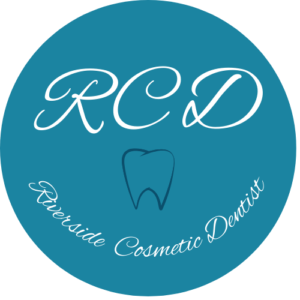What Does the Periodontal Ligament Do?
The periodontal ligament (PDL) is a crucial component of the dental anatomy, serving several essential functions to maintain overall oral health. Here’s what the periodontal ligament does:
Support and Anchorage:
One of the primary roles of the periodontal ligament is to anchor the tooth firmly within its socket in the jawbone. It provides support to the tooth and absorbs the forces generated during chewing and biting, distributing them evenly to prevent damage to the surrounding structures.
Shock Absorption:
The PDL acts as a shock absorber, cushioning the teeth against the impact of chewing and preventing excessive strain on the surrounding bone. This helps to protect both the tooth and the supporting structures from damage.
Sensory Function:
The periodontal ligament contains sensory nerve fibers that provide feedback to the brain about the forces acting on the tooth. This sensory function helps regulate the biting force and contributes to the coordination of jaw movements during chewing and speaking.
Remodeling:
The PDL is involved in the constant remodeling of the tooth-supporting structures, including the bone and cementum. This remodeling process helps maintain the integrity of the tooth-supporting apparatus and allows for adaptation to changes in the oral environment.
Maintenance of Tooth Position:
The periodontal ligament plays a crucial role in maintaining the position of the teeth within the dental arch. It exerts gentle pressure on the tooth, helping to guide its eruption during development and preventing excessive drifting or movement over time.
What Happens to Periodontal Ligament in Periodontal Disease?
In periodontal disease, the periodontal ligament (PDL) undergoes significant changes and damage due to inflammation and infection of the surrounding gum tissues and supporting structures. Here’s what happens to the periodontal ligament in periodontal disease:
- Inflammation: Periodontal disease begins with inflammation of the gums (gingivitis), which is caused by the buildup of plaque and tartar along the gumline. As the inflammation spreads, it affects the periodontal ligament, leading to swelling and disruption of its normal function.
- Attachment Loss: In advanced stages of periodontal disease, known as periodontitis, the inflammation extends deeper into the tissues surrounding the tooth, including the periodontal ligament. This results in the destruction of the fibers that attach the ligament to the tooth and the surrounding bone, leading to loss of attachment and increased tooth mobility.
- Bone Loss: Chronic inflammation in periodontal disease triggers the body’s immune response, leading to the production of enzymes and substances that break down the bone surrounding the tooth. As the bone loss progresses, there is a further weakening of the support provided by the periodontal ligament, exacerbating tooth mobility and instability.
- Fibrosis: The periodontal ligament may undergo fibrosis, where the normal collagen fibers are replaced with scar tissue. This fibrosis further compromises the function of the periodontal ligament and contributes to increased tooth mobility and susceptibility to further damage.
- Tooth Loss: The damage to the periodontal ligament and surrounding tissues can eventually lead to tooth loss. As the supporting structures become progressively compromised, the tooth may become so loose that it needs to be extracted to prevent further complications.


